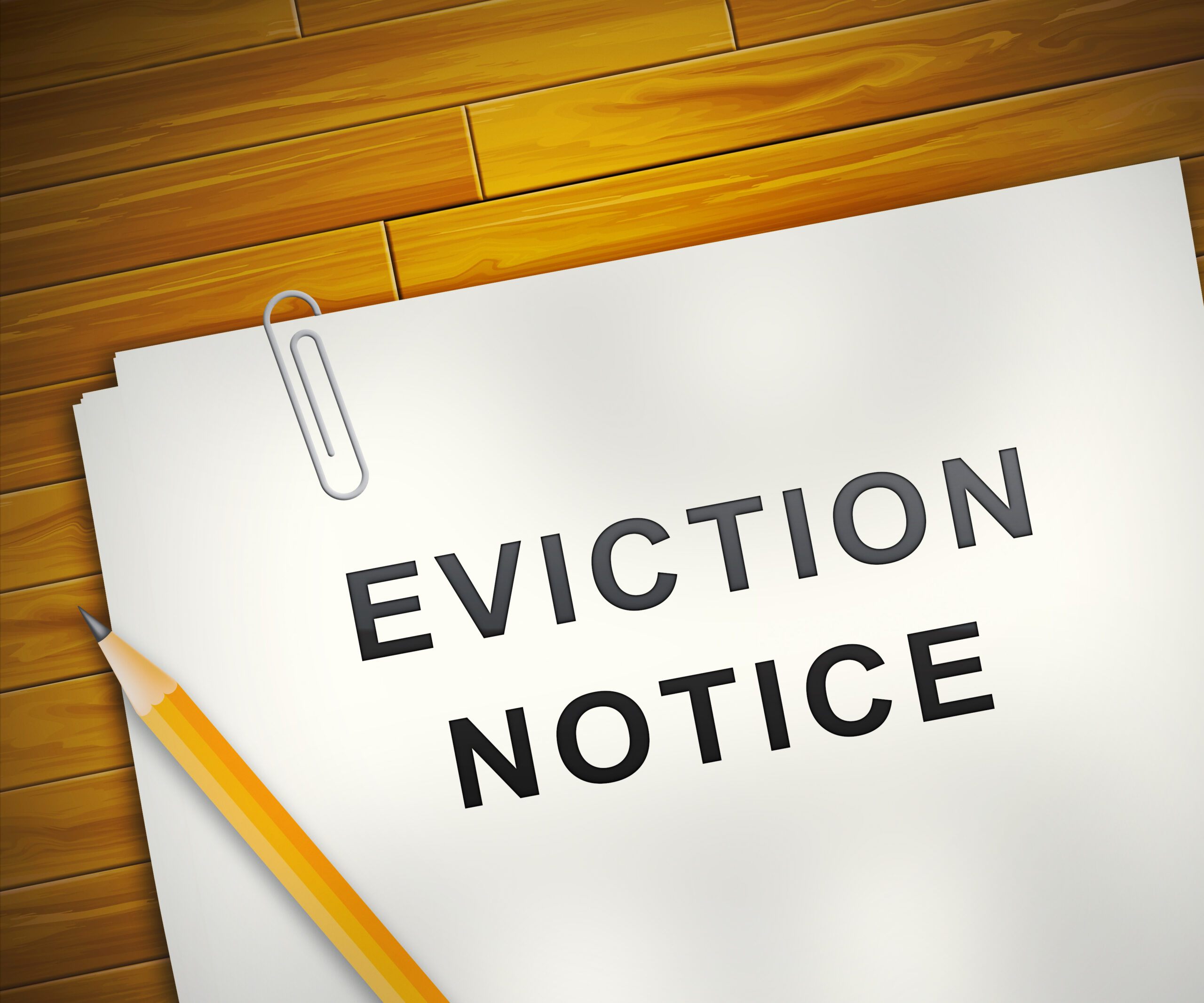
Evicting a disabled tenant: Legal protections & best practices
22-07-2025 | Landlord and Tenant DisputesLandlords must handle the process of evicting a disabled tenant sensitively and follow the strict legal guidelines set out by the UK regulations. Landlords must have a clear understanding of legal protections under the Equality Act 2010.
Evicting a disabled tenant without considering the disabled tenant’s eviction rights under the Equality Act 2010 can lead to lengthy and costly setbacks for landlords. The problems can lead to discrimination claims, legal disputes, and potentially compensation.
To help prevent issues with disability eviction laws, this article will outline the steps landlords must follow to ensure compliance, when eviction is permitted, and how to avoid claims of discrimination. It will also provide practical tips on communication, documentation, and alternative resolution pathways.

When can a landlord evict a disabled tenant?
Whilst there are disabled tenant eviction rights to protect the tenant, landlords can still evict lawfully by following the correct procedures. The reasons for eviction must be valid and not linked directly to the tenant’s disability unless they pose a serious risk or a breach of the tenancy agreement. Common lawful reasons for evicting a disabled tenant include:
- Rent arrears
- Anti-social behaviour
- Breach of tenancy agreement
Before starting an eviction process, landlords must make sure they have considered reasonable adjustments to their property. If reasonable adjustments haven’t been made, then the landlord risks breaching the regulations highlighted in the Equality Act 2010.
Reasonable adjustments
Reasonable adjustments are steps landlords are obliged to take to remove any barriers that prevent disabled tenants from being comfortable and safe in the property. There are two main ways landlords can make reasonable adjustments for disabled tenants.
- Physical modifications: These include changes to the property itself. The landlord might need to install ramps or rails to help the tenant move around the property. Kitchen and bathroom layouts might need altering to allow the tenant to use the facilities safely.
- Tenancy agreement adjustments: You might need to change the tenancy agreement to allow assistance dogs or provide the documents in an accessible format, such as braille. Adjust your communication efforts to accommodate a tenant with a learning disability or who is hard of hearing.
Understanding the Equality Act 2010
The Equality Act 2010 states that landlords must not unlawfully discriminate based on race, gender, gender reassignment, disability, sexuality, age, marital status or religion. There are necessary steps landlords need to take throughout the tenancy, and they must remain vigilant to disabled tenants’ eviction rights if landlords want to end the tenancy.
Section 15 of the Equality Act 2010 highlights how landlords cannot evict disabled tenants because of something arising from their disability. The Act also requires landlords to make reasonable adjustments.
Other regulations reiterate the disability eviction laws, such as the Housing Act 1988. As with any eviction process, landlords must follow the correct notice periods and provide a valid explanation for the eviction.
Steps for evicting a disabled tenant
Eviction should only happen as a last resort. There are lots of remedies and actions to consider before reaching a conclusion. To follow disability eviction laws and protect disabled tenants’ eviction rights, landlords should follow these steps:
1. Review the tenancy agreement
As a landlord, it’s vital to understand your tenancy agreement, but it’s always worth double-checking when an issue occurs. Check other polices and documents as well to ensure the problems you are experiencing are not related to the tenant’s disability. This will ensure you comply with disability eviction laws should the case progress that far. It will help you avoid a claim of discrimination.
2. Make reasonable adjustments
This step should’ve been completed before the start of the tenancy, but perhaps there is more you can do now that the tenancy is underway. Communicate with the tenant and ask if there is anything that can be done to help them.
3. Gather evidence
Get some written statements from witnesses, and take photographs of any evidence you think relates to the case. For example, if there is a damaged wall, photos and videos with dates can strengthen your case significantly. You can also compare these pictures with the inventory list. This helps you work out if the damage is malicious. If the issue relates to bills and rent, document and save all records relating to them.
4. Seek legal advice
Evicting a disabled tenant can be a complex task. Speaking to an expert in the field will help make the process smooth. It will ensure you follow the rights of disabled tenants regarding eviction.
5. Issue a notice
Landlords should issue either a section 21 notice (until the Renters’ Rights Bill becomes law) or a section 8 notice. Make sure these documents are accessible to the tenant to demonstrate your compliance with disability eviction laws.
Practical tips to avoid a legal challenge for evicting a disabled tenant
Often, there will be a justified reason for evicting a disabled tenant, and a landlord has a right to carry that out as long as they follow the correct legal pathway. To help landlords comply with the disability eviction rules, they should follow the following steps throughout the process.
- Open communication: The landlord and tenant should have a good relationship from the start of the tenancy. It’s important to try to keep this positive, even when problems arise. Keep the communication polite and respectful, even if the problem is frustrating.
- Keep detailed records: You should keep all evidence relating to the problem with the tenant. You should make written statements from the conversations you have in case you need to rely on them later in court.
- Explore alternatives: It will work in the landlord’s favour to make eviction the last resort. Try to seek alternative solutions to the problem first.
- Reach out to charities or organisations: Speak to charities and organisations that focus on disabilities. They might be able to help by providing resources or guidance on how to help in your situation. This will also highlight how you are proactively trying to solve the problem for the disabled tenant.
- Consider mediation: It’s always worth considering mediation if there is a dispute. It’s usually a cheaper way to solve a dispute that could end up going to court, and it might help you avoid evicting a disabled tenant.
To protect your investment, consider landlord insurance. We have the expertise to find the best landlord insurance deals that are suitable for your needs as a landlord. Contact us today at 01788 818 670 for a quote, and don’t forget to visit our resource centre for more information on how to be a successful landlord.
We won't be beaten on any like for like landlord insurance quote.
Get a quote

